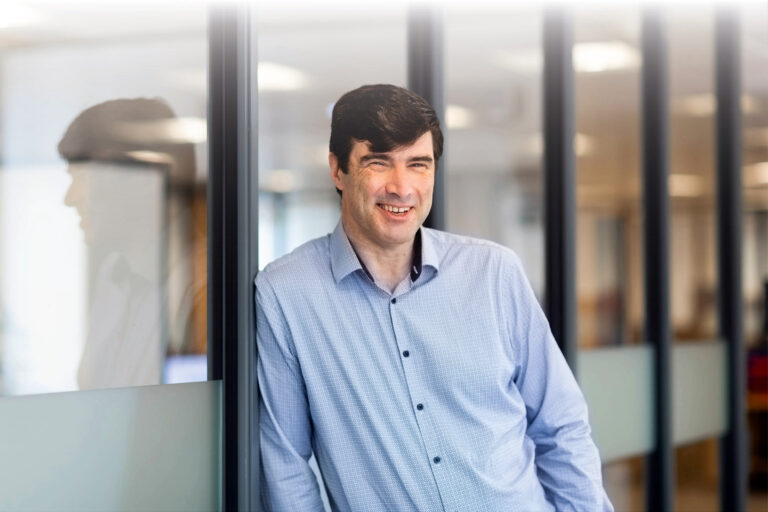Summary
G 1/24 sets out that the description and drawings must be consulted when interpreting claims in all cases, even if there is no ambiguity in the claims. But what does “consult” mean?
It appears the EPO’s Boards of Appeal can take a broad meaning where consulting requires referring to the description but then ruling out any of its teachings in favour of the normal meaning of the claims.
Consequently, it is very much incumbent on us to ensure the claims are phrased as we want them to be interpreted – the EPO will not indulge any interpretative somersaults to get to the meaning we want.
Background
The recent decision from the European Patent Office’s Enlarged Board of Appeal in G 1/24 set out guidance on claim interpretation, in particular to what extent the description should be considered when interpreting the claims.
The headnote to G 1/24 reads as follows (emphasis added):
“The claims are the starting point and the basis for assessing the patentability of an invention under Articles 52 to 57 EPC. The description and drawings shall always be consulted to interpret the claims when assessing the patentability of an invention under Articles 52 to 57 EPC, and not only if the person skilled in the art finds a claim to be unclear or ambiguous when read in isolation.”
What constitutes “consulted”?
But what was meant by “consulted”? Consulted does not necessarily require any action to be taken in view of what is learnt. For example, a cynic might say that consulting the public prior to starting a large infrastructure project does not guarantee the opinions of the public will be taken into account when it comes to building the project.
T 2027/23, a relatively recent case from one of the EPO’s Boards of Appeal, has shed some light on this question. The Board noted that G 1/24 did not itself set out the purpose of “consulting” the description and drawings. They noted that possibilities included finding “explanatory aids”, confirming the ordinary meaning of a claim feature, determining the function or the purpose of a claim feature, or simply defining the technically skilled reader of a claim.
The primacy of the claims over the description
It was also noted that the term “consulted” gives no direction on which meaning takes priority when there is conflict between the claims and description. However, G 1/24 says that the claims are the starting point, so does this imply the established principle of the primacy of the claims? The Board in T 2027/23 seemed to think so.
The Board commented that “a claim should not be interpreted, based on features set out in embodiments of an invention, as having a meaning narrower than the wording of the claim as understood by the person skilled in the art.”
Preventing differences in scope between validity and infringement assessments
In particular, the Board noted it would be undesirable to open the door for patentees to use the description to argue for narrow claim interpretation to overcome prior art but then seek a far broader interpretation when the question of infringement arose. This is important to ensure harmonisation with national courts and the UPC, especially bearing in mind bifurcated proceedings in some jurisdictions where validity and infringement actions are heard separately.
In this respect, the Board quoted a decision from the UK’s Court of Appeal, “Professor Franzosi’s likens a patentee to an Angora cat – when validity is challenged, the patentee says his patent is very small: the cat with its fur smoothed down, cuddly and sleepy. But when the patentee goes on the attack, the fur bristles, the cat is twice its size with teeth bared and eyes ablaze.”
Patentees obligation to amend claims to reflect desired interpretation
The Board appeared to have little sympathy for patentees who might use an inconsistency in the description to argue for an interpretation at odds with the usual meaning of a claim term. The Board noted that it is up to the patentee to remedy discrepancies between the description and the claims; they noted that patentees are the masters of their fate. Conversely, they said it is not up to the Boards of Appeal to perform interpretative somersaults to construe a claim when there are discrepancies between the description and claims. So, there is a clear message for us here – it is up to the patentee to amend the claim if they wish it to receive a broader or narrower interpretation.
Takeaways
- It looks like the claims still have primacy when it comes to their interpretation.
- While the description must be “consulted” when interpreting the claims, we will face an uphill battle to change the normal meaning of the claims even when there is an inconsistency with the description.
- It is up to the patentee to ensure the claims say what the patentee wants them to say – the EPO are not going to indulge in interpretative somersaults to make the claims fit the patentee’s intended meaning based on the description.
- In particular, the EPO is going to be wary of giving a narrow meaning to a claim term based on the description where it leaves the door open for the patentee to argue a broader meaning in any later infringement proceedings.


